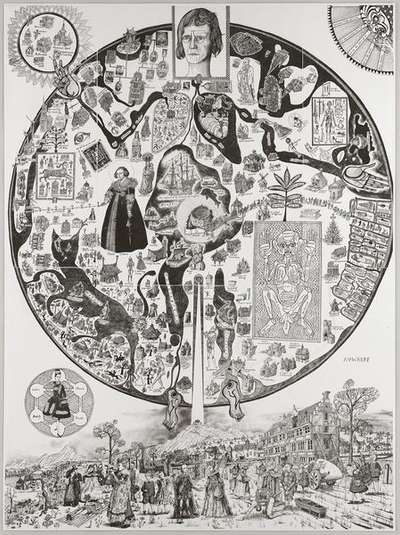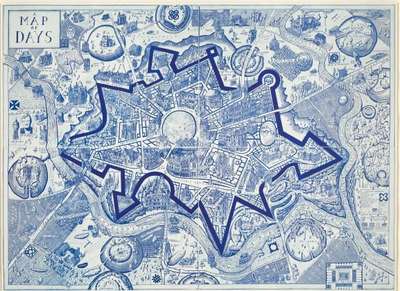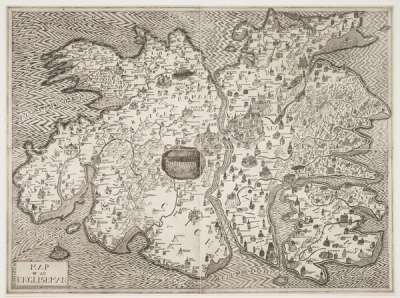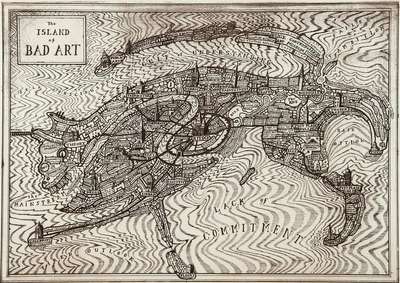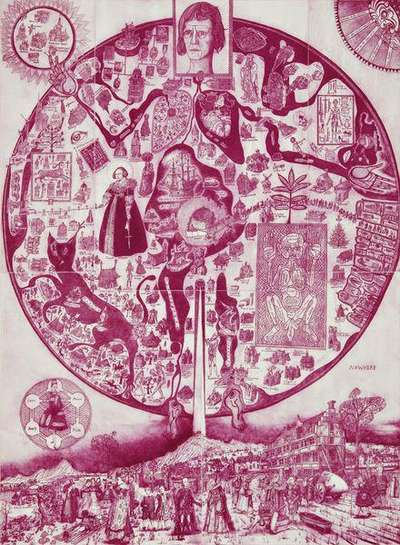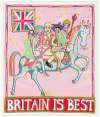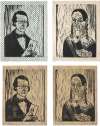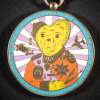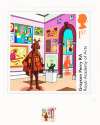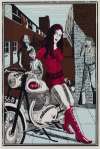Maps
Grayson Perry’s works featuring maps attest to his long-standing fascination with the world of cartography, which he appropriates to explore issues like identity formation and identity loss, the boundaries of the self and the relational and permeable character of the self.
Grayson Perry Maps For sale
Maps Value (5 Years)
With £150000 in the past 12 months, Grayson Perry's Maps series is one of the most actively traded in the market. Prices have varied significantly – from £5665 to £120000 – driven by fluctuations in factors like condition, provenance, and market timing. Over the past 12 months, the average selling price was £37500, with an average annual growth rate of -4.53% across the series.
Maps Market value
Auction Results
| Artwork | Auction Date | Auction House | Return to Seller | Hammer Price | Buyer Paid |
|---|---|---|---|---|---|
 Map Of Nowhere Grayson Perry Signed Print | 24 Sept 2025 | Sotheby's London | £8,075 | £9,500 | £12,500 |
 Map Of An Englishman Grayson Perry Signed Print | 3 Jul 2025 | Chiswick Auctions | £51,000 | £60,000 | £80,000 |
 The Island Of Bad Art Grayson Perry Signed Print | 1 Feb 2024 | Phillips London | £9,350 | £11,000 | £15,000 |
Print For A Politician Grayson Perry Signed Print | 19 Oct 2023 | Sotheby's New York | £14,450 | £17,000 | £23,000 |
 A Map Of Days Grayson Perry Signed Print | 7 Jun 2023 | Phillips London | £23,800 | £28,000 | £40,000 |
 A Map of Days (blue) Grayson Perry Signed Print | 15 Mar 2023 | Christie's London | £38,250 | £45,000 | £60,000 |
 Map Of Nowhere (purple) Grayson Perry Signed Print | 30 Mar 2011 | Sotheby's London | £14,450 | £17,000 | £23,000 |
Sell Your Art
with Us
with Us
Join Our Network of Collectors. Buy, Sell and Track Demand


